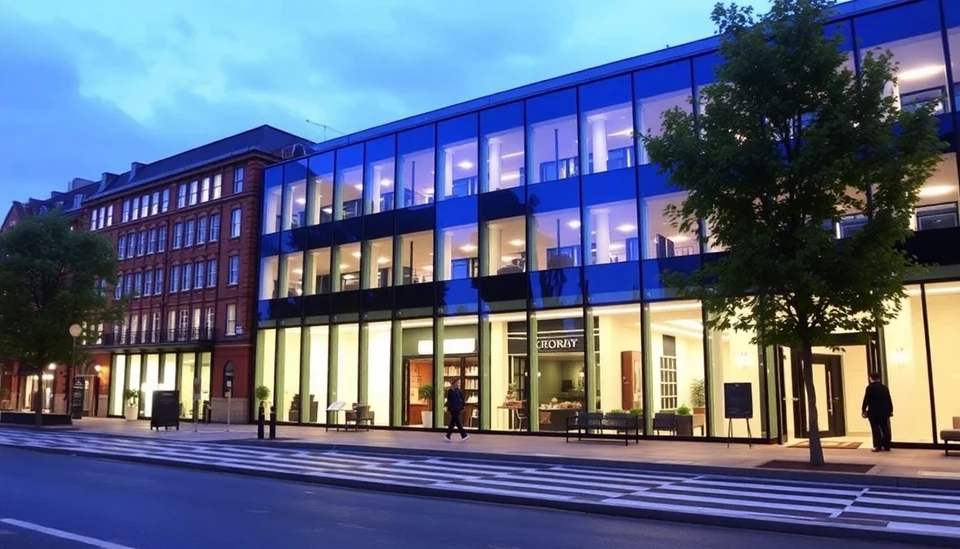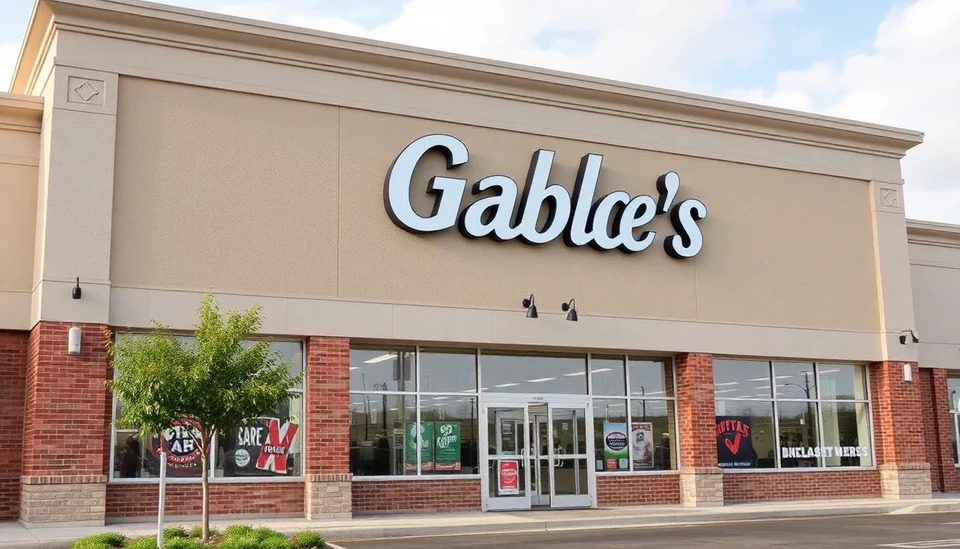
The world of commercial real estate is grappling with seismic shifts that cannot be ignored any longer. As 2024 approaches, the sector is encountering an array of challenges that threaten to reshape its very foundation. A confluence of factors including market dynamics, economic pressures, and evolving tenant needs are precipitating a crisis as industry stakeholders scramble to adapt.
Recently, the sector has witnessed a distinct slowdown, with many properties remaining vacant while others struggle to generate the revenue required to meet financial obligations. The rental rates for commercial properties, particularly office spaces, are experiencing downward pressure as businesses continue to embrace remote work and hybrid models. This shift has left many landlords reeling, as demand plummets for traditional office spaces and increases for flexible and co-working environments.
Investors are also cautious, as they seek new opportunities in a landscape marked by uncertainty. Rising interest rates are compounding these difficulties, particularly for property owners heavily burdened by debts tied to their commercial holdings. Financing has become more challenging, as lenders tighten their lending criteria in response to the increased risk associated with commercial properties.
A significant portion of the issues can be traced back to the pandemic, which has irrevocably altered tenant preferences and business operations. With remote work now a viable option for countless employees, companies are reconsidering their real estate footprints, leading to a reevaluation of space needs. As a result, reliance on traditional long-term leases is waning, and companies are opting for shorter leases or fully remote setups, leaving landlords with increasingly vacant spaces.
Additionally, the retail segment of commercial real estate is also facing its own set of struggles. E-commerce continues to dominate, creating a stark contrast with brick-and-mortar establishments. Even larger retail chains are closing locations, further driving down demand for retail spaces. This has inevitably led to higher vacancy rates in shopping centers and a reevaluation of their business models.
Moreover, the multifamily housing sector is not immune to these challenges. While some markets are still seeing demand due to housing shortages, others are experiencing a slowdown as higher interest rates make mortgages more expensive for potential buyers—leading to an oscillation in occupancy rates and rents. Investors are left to manage these pressures, looking for innovative ways to adapt their portfolios to meet changing consumer preferences.
As the real estate landscape evolves, experts stress the need for adaptability and forward-thinking approaches. Owners and developers must embrace flexibility, exploring alternative uses for their properties. From transforming office spaces into residential units to reimagining shopping malls as mixed-use developments, innovation is critical for survival in these challenging times.
In conclusion, the commercial real estate industry stands on the brink of transformation. The compounding pressures of market changes, economic uncertainty, and shifting consumer behavior will force stakeholders to rethink their strategies. The need for agile responses and creative solutions could determine the long-term viability of investments in the commercial property sector as it navigates this tumultuous period.
#CommercialRealEstate #MarketChallenges #RemoteWork #RealEstateTrends #InvestorConcerns #FlexibilityInRealEstate #FutureOfWork #EcommerceImpact
Author: John Harris



